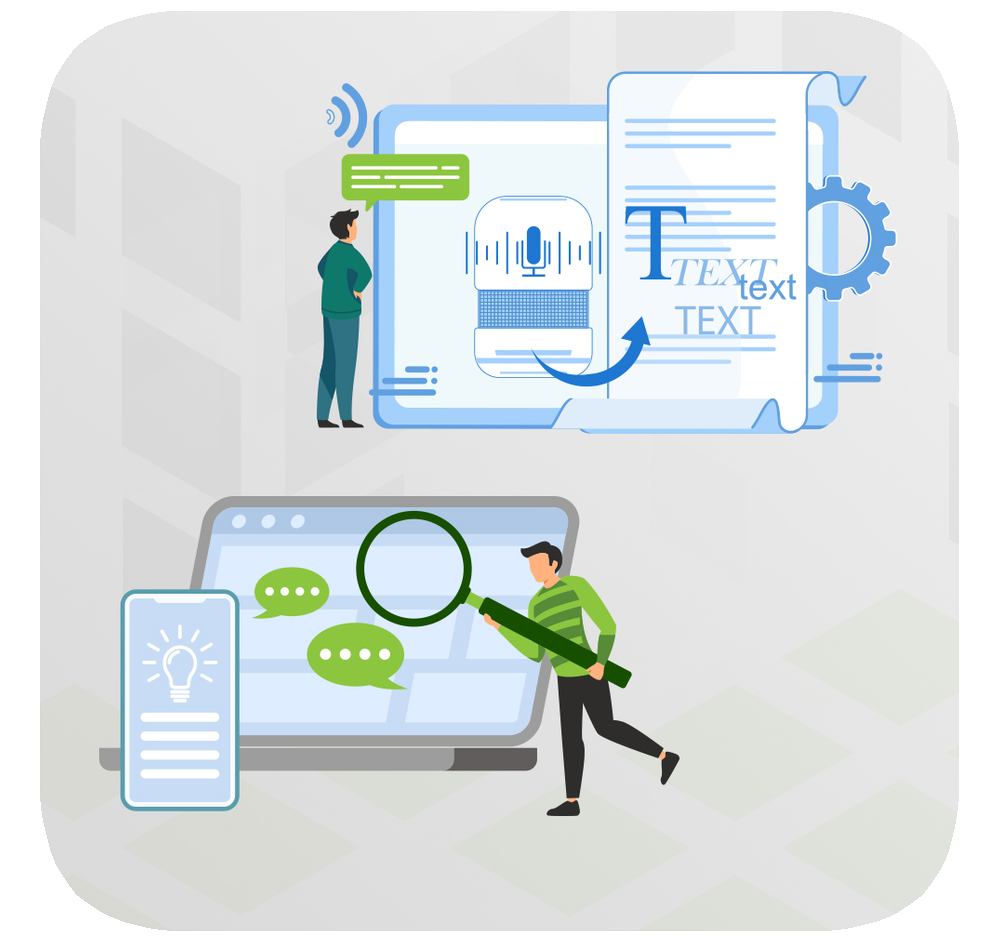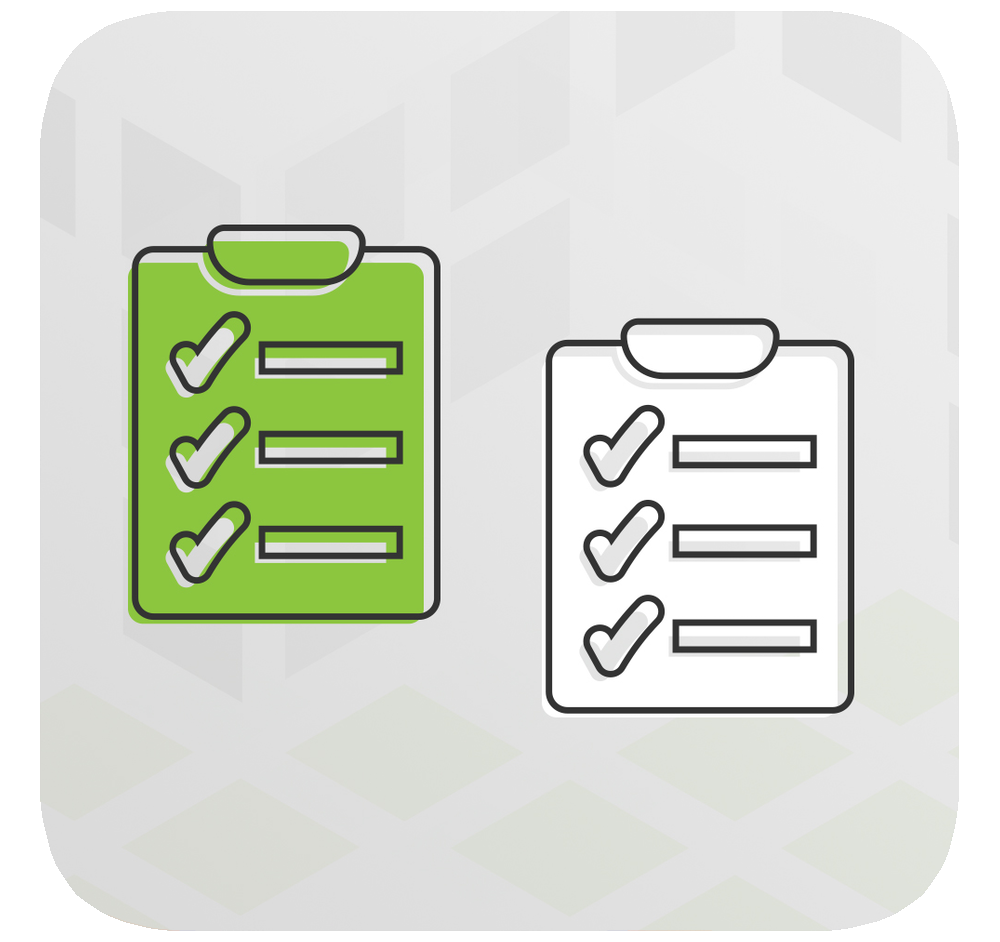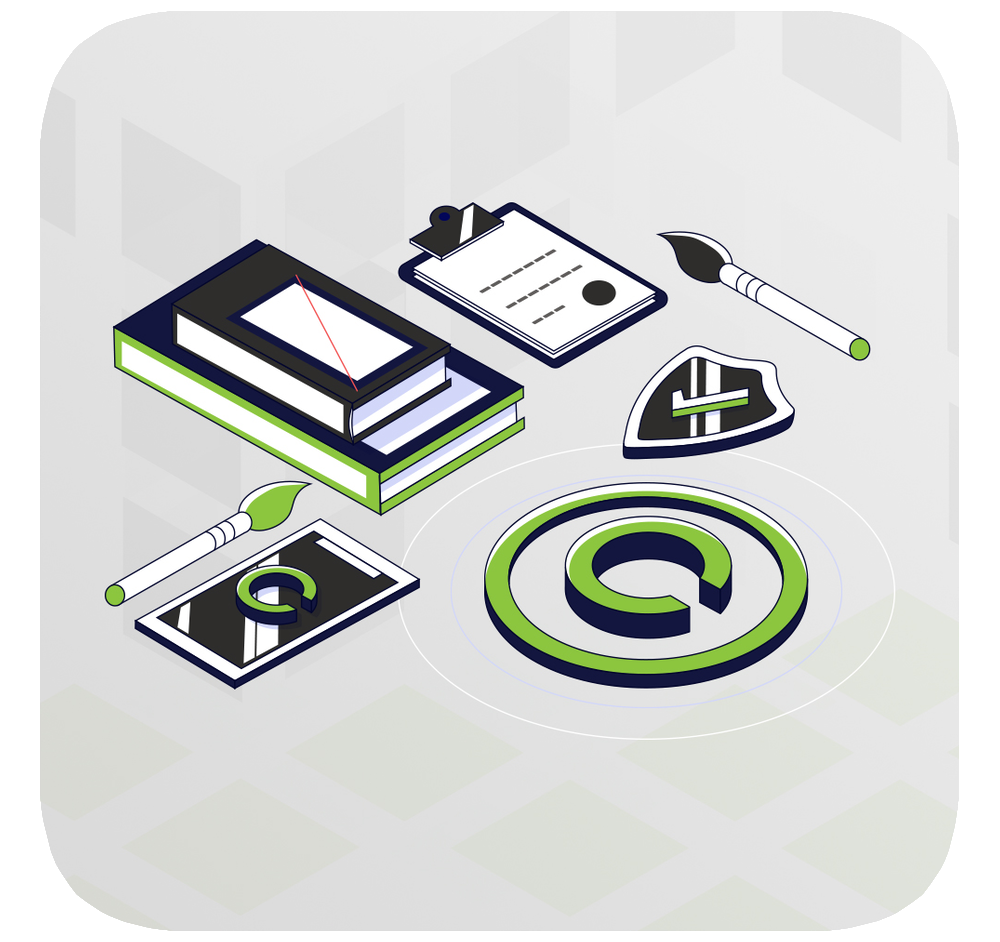Accessibility means:
Something can be used well by people with disabilities

Adaptable means:
Content can be presented in different ways.
For example, with a simpler layout.
All information and the structure remain the same.

Artificial intelligence means:
Machines work intelligently by themselves.
For example, computers.

Assistive technology is devices that help people.
For example: screen readers, speech recognition

The bandwidth determines:
How much data is transferred over an internet connection in a given time.

A blog is like a diary entry on the internet.
It is public and can be read by anyone.

A bot is a computer programme.
It performs tasks automatically.

The cast are the actors in a film.

Categorisation means:
When you upload a video to a website for example YouTube.
Then you label the video with keywords.

A cell is a rectangular field in a spreadsheet programme.
You can enter data, formulas and functions into it.

A chart is a graphical representation of data.

Cloud services allow you to process information online.
For example: they store data.

CMYK is a colour model.
By specifying the CMYK colour code, for example cmyk (26,0,79,28), you define a certain colour.

In a spreadsheet programme, there are columns.
Columns go from left to right.
They are labelled with letters: A, B, C

Communication tools are certain apps.
They facilitate communication between people.

The company/publishing details state:
Who published the website, book or magazine?
For example, a company or a person.

Compatible means:
Different devices or file formats fit together.

Conformity means agreement.

Organisations can only process your data if you give your consent.
This means that you agree to the processing of your data.

Copyright protects works of art or inventions by people.
Inventors or artists decide:
Where will the work of art be published.
If the invention can be copied.
